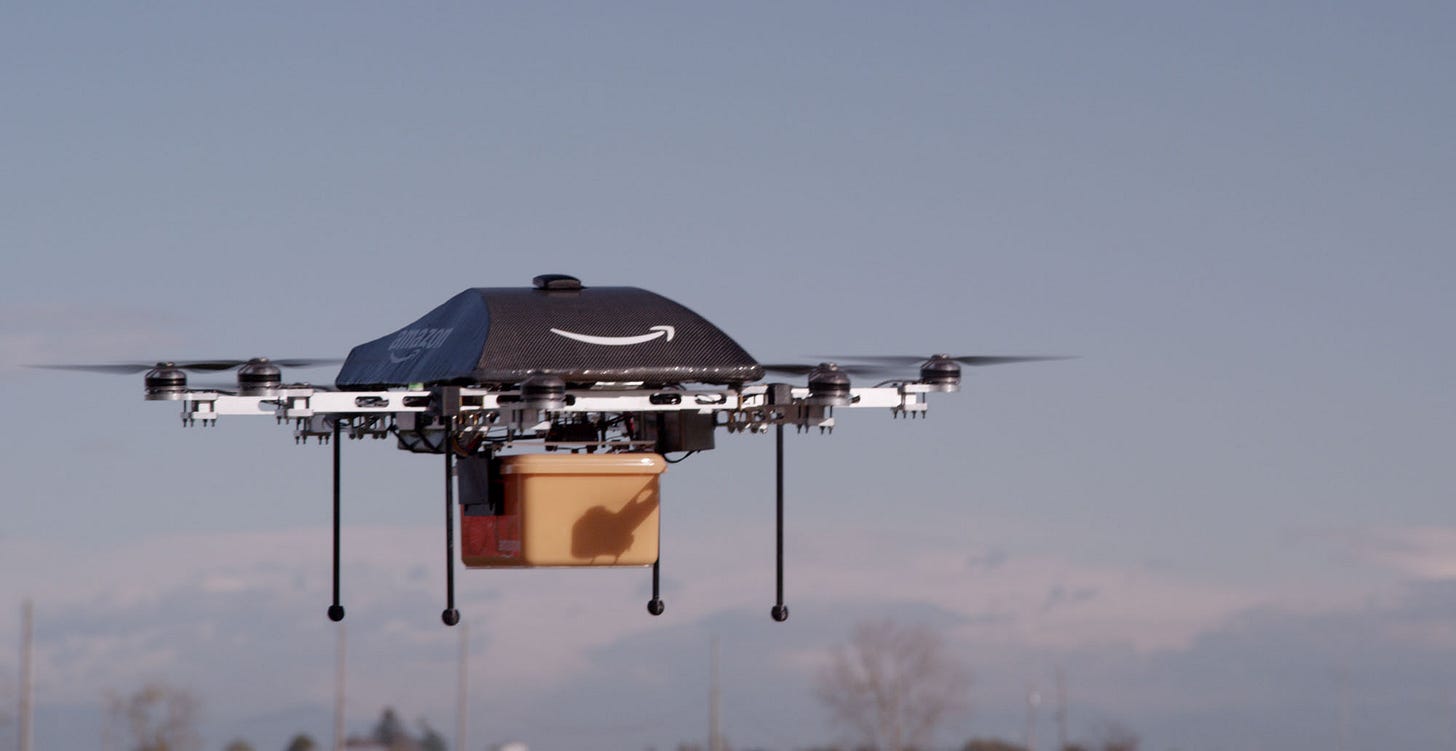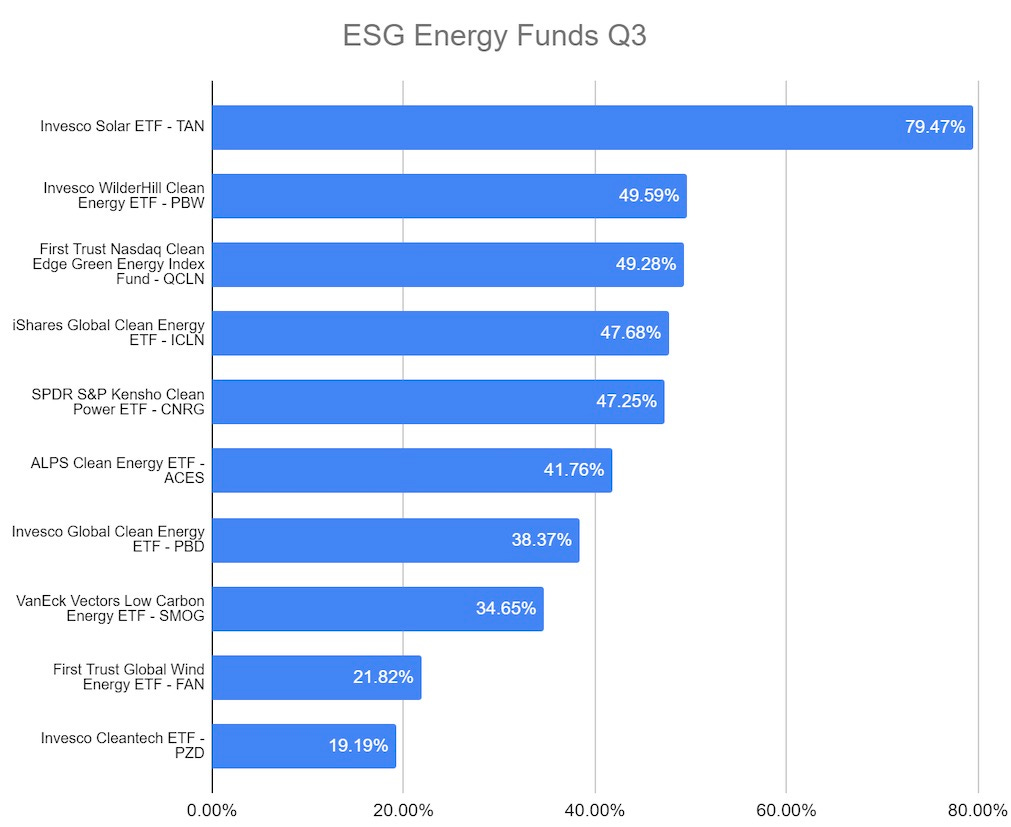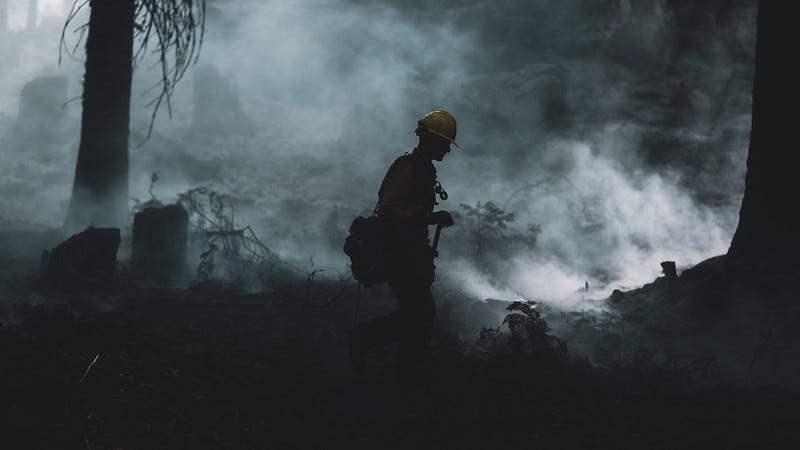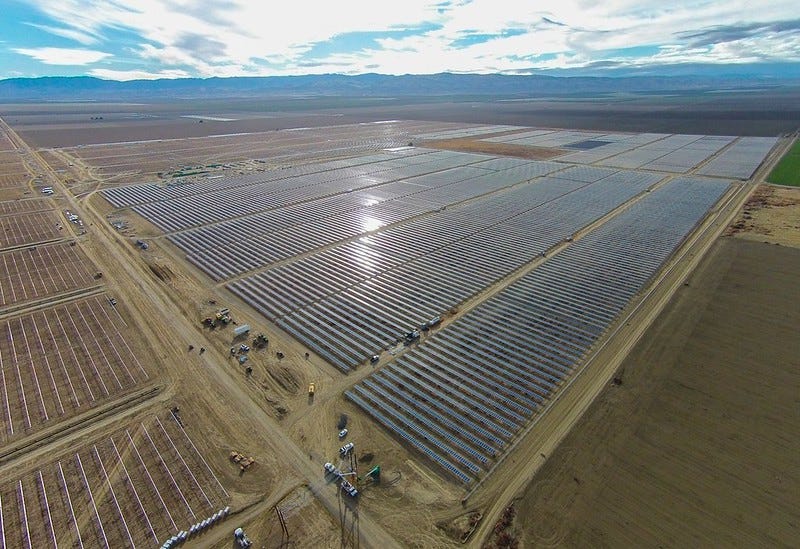The carbon footprint of Amazon's coming drone force; the Exxon papers, and victory in Venice
Welcome to Callaway Climate Insights, and especially to our new subscribers. Please share, and if this was forwarded to you, please subscribe.
Against a backdrop of rising seas, threatening everything from the East Coast of the U.S. to entire small countries such as Barbados and the Maldives, Venice declared a much-needed victory against flooding over the weekend as new barriers, above, successfully held back the waters for the first time in a millennium.
The MOSE defense system, an acronym that also spells the Italian for Moses, raised 78 flood barriers together for the first time, protecting three entrances to Venice’s lagoon from a tide of four-and-a-half feet, which would have put several major areas under water. See how it works here.
The controversial project is 36 years old, and so beset by financial scandals that it had become a sort of joke to the residents. But at least for now, the MOdulo Sperimentale Elettromeccanido, or Electromagnetic Experimental Module, is a triumph of innovation and engineering against climate change. One that New York City, Houston, Miami, and others should almost certainly look at. They won’t have the luxury of Venice’s thousand years to prepare.
More insights below, including a viral social media vote on the fattest bear in Southern Alaska this summer. . . .
And don’t forget to contact me directly if you have suggestions or ideas at dcallaway@callawayclimateinsights.com.
Is Amazon drone delivery really all that environmentally friendly?

. . . . The drone delivery era is about to begin in earnest now that Amazon has received approval from the Federal Aviation Administration to operate the flying machines for Amazon Prime Air. So before our skies are buzzing with flying packages of books and boxer shorts, we decided to ask West Coast drone expert Sally French, founder of TheDroneGirl.com, for her view on the environmental impact. Here is her take on the carbon footprint of the coming drone force.
“Drones are remarkably energy efficient machines, particularly when compared to the current fleet of over-the-road trucks,” said Anne Goodchild, a professor at the University of Washington focusing on supply chain and logistics.
In use cases where lightweight items are delivered over short distances (say, important documents from one building to another across a river, or blood samples from a doctor’s office to a nearby lab), there’s a case to be made that drone delivery is more efficient. But researchers also found that drones emitted more carbon dioxide than trucks when carrying heavier packages over longer distances. . . .
ESG energy funds perform

Sources: Charles Schwab, Google Finance, FactSet
. . . . Another wild quarter for renewable ETFs, with Invesco Solar taking top honors with a gain of almost 80 percent. Each of the ETFs charted above handily beat the S&P 500’s third-quarter gain of 8.5 percent, as funds continued to pour into the nascent sector. With renewable energy poised to top coal in the U.S. for the first time this year, as well as in Europe, investors aren’t waiting around for a rebound in fossil fuels. The question is how long the pace can be sustained, now that they’ve run up three consecutive quarters. . . .
Let’s wrap this up: fire-resistant structure wrap

. . . . It looks like tin foil and it summons images of a baked potato — but it’s really aluminized fire-resistant structure wrap, and it’s getting widespread use and more attention on social media after it was used recently to protect the Kern Canyon Ranger Station in Sequoia National Forest, above, and an historic adobe structure in the Los Padres National Forest in September when they were threatened by devastating wildfires in California. . . .
Britain goes green on Covid recovery; Exxon goes the other way

. . . . “The Saudi Arabia of wind”: Comparing your country to Saudi Arabia leaves a lot to be desired, but UK Prime Minister Boris Johnson needs a catchphrase this week. Threatened with a second wave of Covid-19 that could shut down the economy again, Johnson pivoted to renewable energy in a major speech to the Conservative Party Conference earlier today, promising that every home in Britain will be powered by offshore wind within 10 years. The promise, which critics note sounds a lot like his failed “world-beating testing” pledge for Covid-19 this past spring, included the promise of 60,000 new jobs and £160 million of investment in offshore wind farms. When in doubt, give them wind. . . .
. . . . Best-laid plans: In this day and age of corporate pledges to reduce greenhouse gas emissions, Exxon Mobil Corp. (XOM) has always stood out for its refusal to do so. Now Bloomberg reports that the oil giant’s seven-year investment plan, unveiled to investors with much fanfare in 2018, had actually calculated the company would generate 17% more emissions per year by 2025.
The story is an excellently-reported peek at Exxon’s pre-Covid plans to find more oil around the world and generate bigger cash flow and earnings from it. Exxon has never publicly forecast its emissions, but it’s probably safe to say the plan has been tweaked since oil collapsed earlier this year and the company committed to slashing spending. As for that investor day, well, XOM shares are down almost 60% since then, and were last week surpassed in market cap by NextEra Energy (NEE), the largest U.S. renewables company. . . .
. . . . Still waiting: BlackRock (BLK), which picked up the sword earlier this year to lead Wall Street’s battle to combat climate change, voted on less environmental shareholder resolutions this year than last year, according to data reported by the Financial Times. The world’s largest asset manager didn’t dispute the data, but did say that it has other weapons at its disposal besides backing shareholder resolutions. Still, a review is ongoing. . . .
Data driven: Smoke gets in your eyes

Above, a U.S. Marine is part of the firefighting operations for the Creek Fire near the Sierra National Forest. Photo: U.S. Navy/flickr.
. . . . Smoke from the Creek Fire, which has burned 322,000 acres since it began a month ago in the foothills of the Sierra Nevada in central California, has resulted in an Air Quality Index reading of 609 at 11 a.m. Pacific on Monday, Oct. 5 in the community of Meadow Lakes. For comparison, the AQI was 246 at the same time near Meerut in northern India, 10 in London and 12 in midtown Manhattan.
The EPA’s Air Quality Index generally runs from 0 to 500 (although readings can be measured above 500) and the higher the AQI value, the greater the level of air pollution and the greater the health concern. For example, an AQI value of 50 or below represents good air quality, while an AQI value over 300 represents hazardous air quality. . . .
News briefs: Fat Bear Week, BlackRock green bond fund, risks for island nations
Brown bears are at risk of climate change, too, and they are a critical part of the ecosystem. So feel free to cheer on these Alaskan bears who are putting their backs into bulking up for a long winter nap.
Editor’s picks:
Who cares about fat bears? We do!
BlackRock’s green-weighted euro government bond ETF
Small island nations are sinking
Latest findings: New research, studies and projects

Above, a photovoltaic solar generation facility. Photo: Bureau of Land Management/Recurrent Energy.
Rocky Mountain Institute study: Renewables outpacing natural gas
After analyzing data from two of America’s largest electricity markets — ERCOT in Texas and PJM in the Northeast — the Rocky Mountain Institute says renewables are gaining ground on natural gas as the preferred choice for new electricity generation, CleanTechnica reports. According to RMI, what happened to coal is now happening to gas. RMI looked at the interconnection queues for both ERCOT and PJM and found over the past two years there has been a dramatic shift away from building new gas fired generating plants and toward more renewable energy projects.
More of the latest research:




